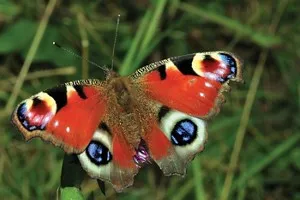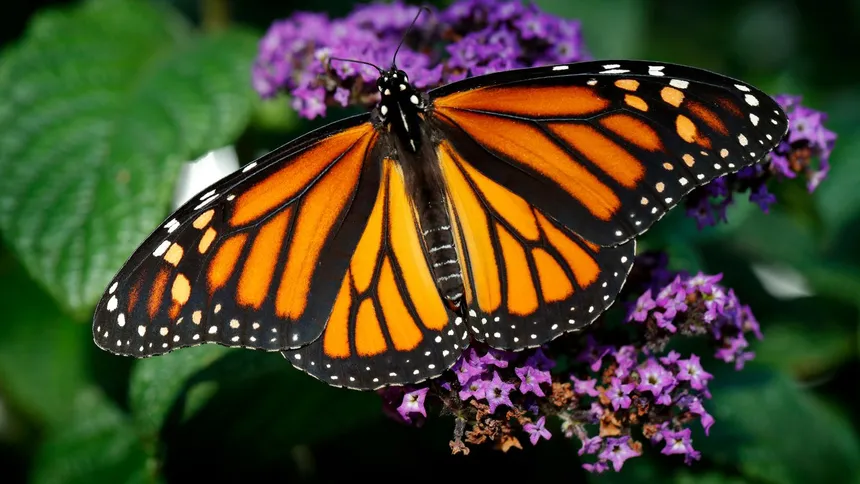The summer heatwave and drought of last year had a devastating impact on British butterfly populations, according to a recent study. Common butterfly species such as the brimstone, small tortoiseshell, peacock, green-veined white, and small white were abundant in the spring and early summer of 2022, but their numbers drastically declined in the subsequent late-summer generations. This was due to the lack of food plants for the caterpillars, which fed on plants that withered and died during the drought.
The study, conducted by the UK Butterfly Monitoring Scheme (UKBMS), a joint initiative by Butterfly Conservation and the UK Centre for Ecology and Hydrology, is causing concern among scientists that other butterfly species may also be significantly reduced this year. Many species have only one generation per year, so the impact of the mass caterpillar die-off will only be apparent this year for butterflies such as the marbled white, meadow brown, and small skipper.
Dr. Richard Fox, head of science for Butterfly Conservation, notes that warm, sunny weather is generally beneficial for butterflies, but drought is a major problem. “Plants wither and die, meaning female butterflies may struggle to find anywhere to lay their eggs, or there is not enough food for the caterpillars when they hatch,” he explained. The resulting knock-on effect is fewer butterflies in the following generation.

While 2022 was an average year for butterflies overall, with some species having a good year, the data also reveals a “year of two halves,” with good numbers in early summer but greatly reduced abundance afterwards. Despite concerns about the long-term impact of the drought, the year was a good one for rare species such as the purple emperor, large blue, chequered skipper, and dark-green fritillary, all of which have been the focus of targeted conservation efforts.
The purple emperor, a species whose caterpillars feed on leaves of sallow trees, may be less affected by drought, which could contribute to its relatively strong showing in 2022. Meanwhile, species that rely on grasses for their caterpillars, such as the marbled white, meadow brown, and small skipper, may be particularly vulnerable this year.
The UKBMS data provides valuable insights into the health of Britain’s countryside and the impact of environmental changes on butterfly populations. With 80% of British butterfly species declining in abundance or distribution since the 1970s, the negative effects of droughts could have long-lasting consequences for these iconic insects. As Dr. Marc Botham, a butterfly ecologist at the UK Centre for Ecology and Hydrology, notes, the UKBMS dataset is essential for assessing the effectiveness of government policies and progress towards the UK’s biodiversity targets.

